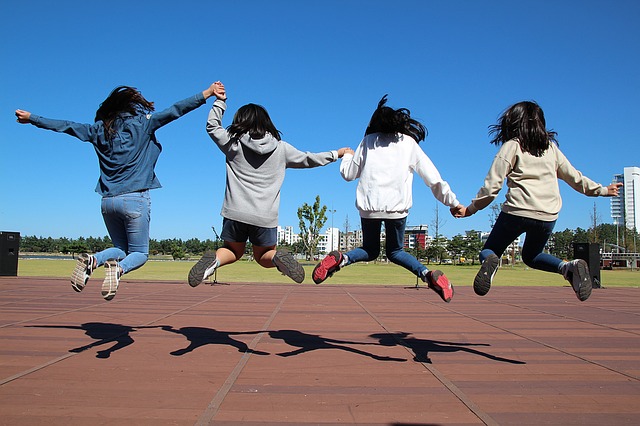What is a bystander?
A bystander is ‘a person who does not become actively involved in a situation where someone else requires help’ (Clarkson 1996, p6) and in this way is understood to be a passive observer, an onlooker who watches something happening, but stays on the sidelines and doesn’t intervene or get help, even if someone needs it. Bystanders are those people who slow down to look at a traffic accident, but don’t stop to offer assistance, the people who watch an argument on the street, and the crowd that gathers to watch a playground fight. They are the audience that engages in the spectacle, and watches as a drama unfolds. Though they don’t actively participate, they encourage the perpetrators, who will feel driven on by the audience.
Most of us have been a ‘bystander’ at some time. We justify it by saying that it’s natural to be curious about unusual events; that there may be good reasons for not getting involved in other people’s business, such as fear of getting hurt ourselves, and that we’re not doing any harm. Bystanding is not passive; witnesses to bullying play very different roles, some more active than others, and these contribute significantly to what takes place.
‘Doing nothing’ does have a real impact on events and may cause harm. To tackle bullying we must understand the responsibilities of peer and adult bystanders who want to seek solutions to bullying and take action where it is needed.

How can bystanders help when tackling bullying behaviour?
Research has clearly demonstrated (see ABA briefing in the resources section) that bystanders play a significant role in bullying. Proactive and preventative interventions implemented at individual, class, school and community level have the potential to reduce bullying, alongside reactive strategies to deal with bullying incidents when they occur. The risks of encouraging children to intervene in bullying situations must also be acknowledged.
We adults must also recognise our own bystanding behaviours and seek to model positive actions by looking at our own ‘systems, structures and policies and do some audits and research into how they may be framing, perpetuating and justifying bullying and harassment among pupils’ (Pallotta-Chiarolli 2005).
ABA and our members have many resources to help support encouraging bystanders to become defenders or 'upstanders' in bullying situations. For example, module 1 of our free CPD online training covers the roles involved in bullying.
